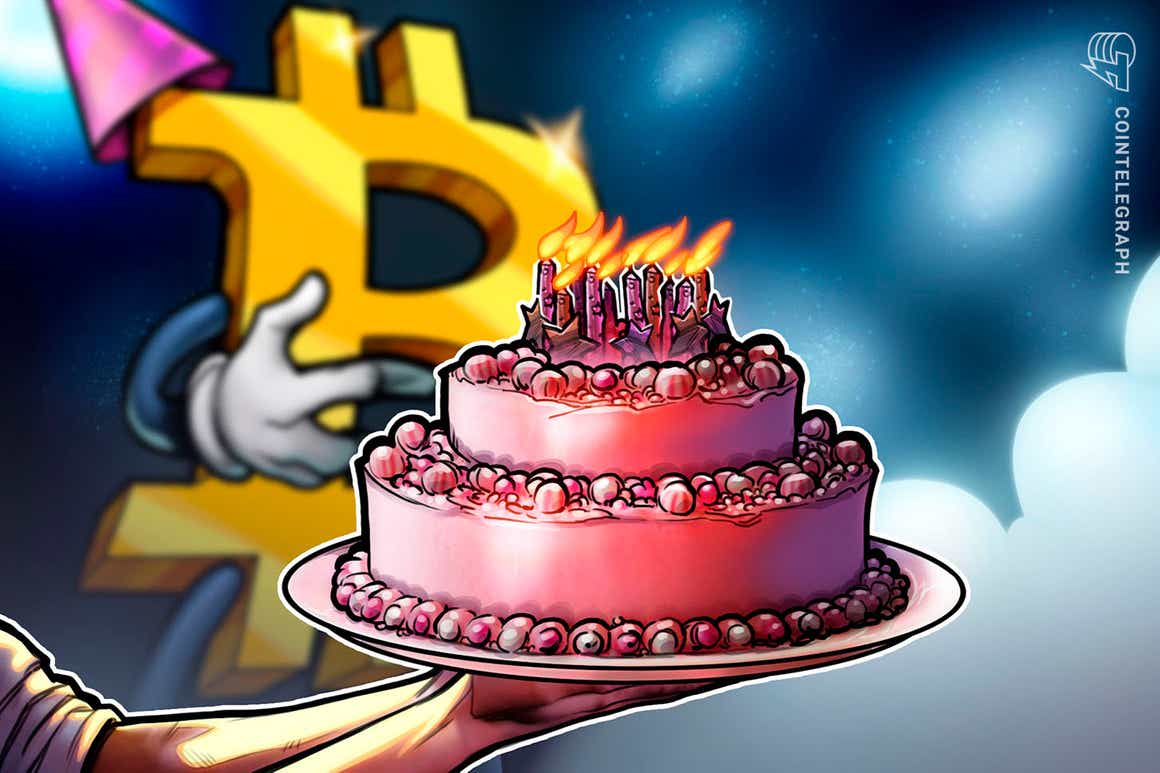The iconic Bitcoin (BTC) white paper celebrates thirteen years of financial disruption after being first published on Oct. 31, 2008, by an anonymous person or entity named Satoshi Nakamoto.
The white paper, titled Bitcoin: A Peer-to-Peer Electronic Cash System, foresaw the need for a peer-to-peer online payment system that is self-governing, secure and limited in quantity. The Bitcoin network was launched on Jan. 03, 2009, having each Bitcoin priced at $0.0008.
While Bitcoin was initially perceived as a threat by traditional financial institutions, thirteen years of community support and a growing user base have made Bitcoin one of the most profitable investments for the Internet age. Today, Bitcoin maintains a stable trading value well above $60k after experiencing a gradual appreciation of 7,749,999,900% ever since its launch.
The Bitcoin white paper proposes a solution to prevent double-spending without the risk of trusting a third party. To do this, it mentions the use of honest nodes that confirm transactions by overpowering the bad actors in terms of raw central processing unit (CPU) power of computers.
Interestingly enough, the Bitcoin white paper has 15 honest and one dishonest mentions, explaining the need for honest nodes to ensure the credibility of each transaction. In the words of Satoshi Nakamoto:
We have proposed a system for electronic transactions without relying on trust. They [honest nodes] vote with their CPU power, expressing their acceptance of valid blocks by working on extending them and rejecting invalid blocks by refusing to work on them.
The Bitcoin blockchain has mined block number707542, which offered a mining reward of6.25000000 BTC.
As the Bitcoin ecosystem slowly approaches its hard cap or maximum supply of 21 million BTC, the developer community will need to modify the existing rules to incentivize the miners that confirm Bitcoin transactions on the blockchain. The white paper suggests:
Any needed rules and incentives can be enforced with this consensus mechanism.
Prominent entrepreneurs from Crypto Twitter such as Anthony Pompliano join in on the celebrations.
Tomorrow is the 13 year anniversary of the Bitcoin Whitepaper.
We are officially launching Bitcoin Pizza in 20 cities with almost 100 locations.
Every dollar of my profits goes to bitcoin developers pic.twitter.com/oh5gHnJ7iP
— Pomp (@APompliano) October 30, 2021
Despite the ongoing resistance from numerous governments and authorities such as China, this year marks the beginning of Bitcoins legacy as a legal tender in El Salvador. The long-term effect of Bitcoin on El Salvadors inflated economy will determine the assets mainstream adoption among other jurisdictions.
Related: Crypto is impossible to destroy, says Tesla CEO Elon Musk
The success of Bitcoin and the crypto ecosystems as viable investments continue to attract investors from all walks of life. The worlds richest man, Tesla CEO Elon Musk, recently showed support for cryptocurrencies at the Code Conference in California:
It is not possible to, I think, destroy crypto, but it is possible for governments to slow down its advancement.
Musk also believes that cryptocurrency is fundamentally aimed at reducing the power of a centralized government, which can be one of the main reasons for Bitcoins slow mainstream adoption rate.
Bitcoin is my safe word
— Elon Musk (@elonmusk) December 20, 2020
Musk has also been highly influential in affecting the market price of other cryptocurrencies such Dogecoin (DOGE).




